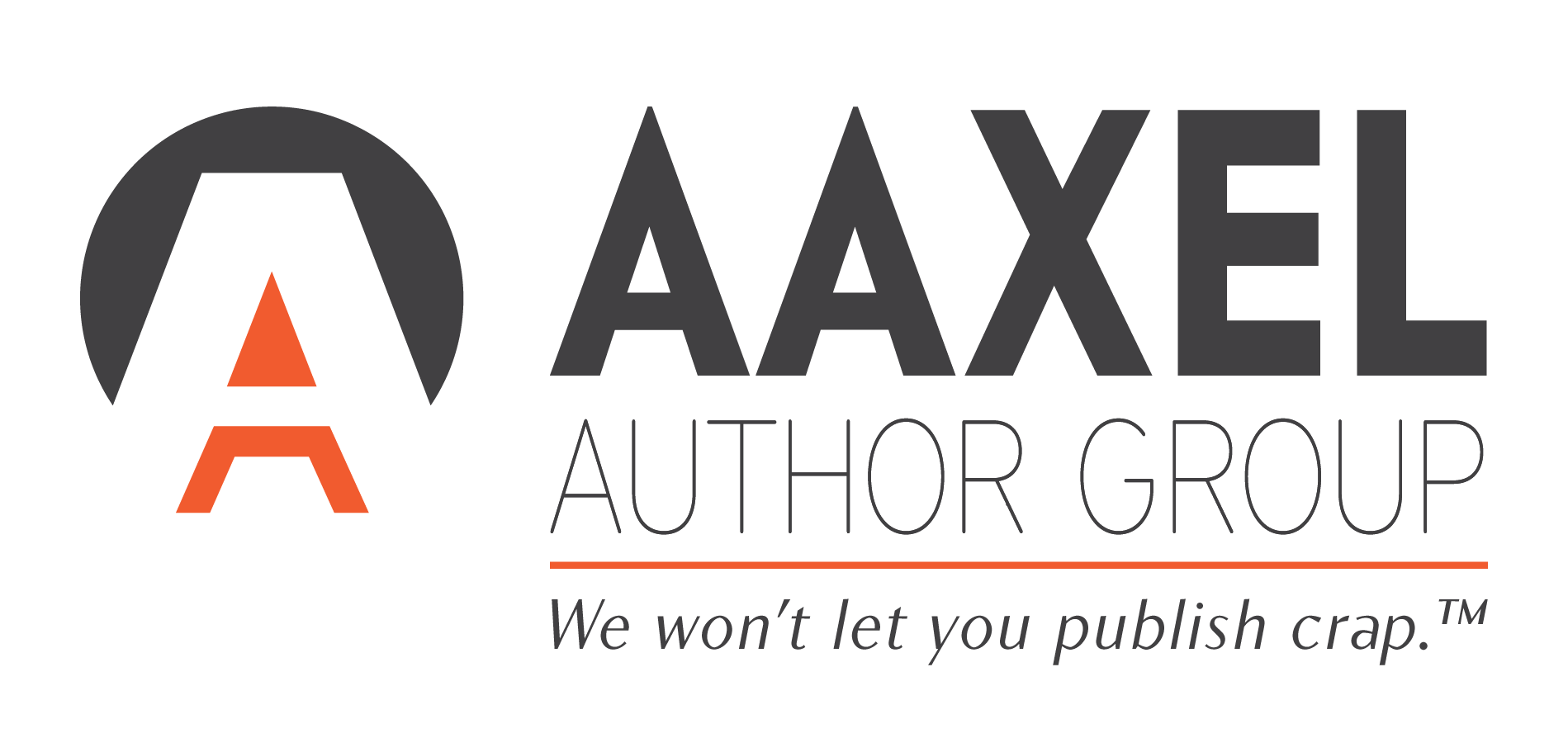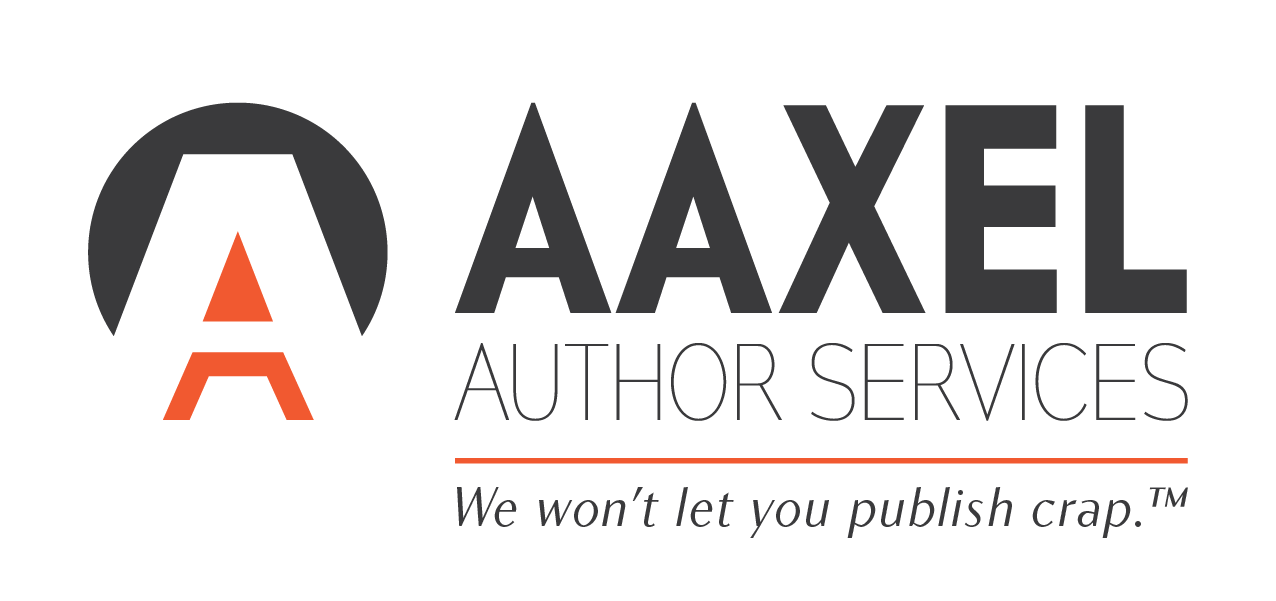Everything You Need to Know About Writing Dialogue
As a follow-up to our previous blog post about character development, we now turn our attention to another vital element of good fiction: dialogue!
With all the exceptions, dialogue is one of those literary devices that is easy to get wrong and difficult to master. Even seasoned experts make the same mistakes as novice writers.
To help you during your writing process, we’ve put together some of the basic must-know tips about writing good dialogue.
Quotation:
When it comes to quotation, you need to pick a style and regional English (i.e., Standard North American English or British English). The main difference between the two is their use of quotation marks.
In Standard North American (SNA) English, dialogue is written between opening and closing double quotes, and quoted phrases within dialogue are found between single quotes. However, British English uses the reverse: single quotes for dialogue and double quotes for quoted phrases.
Here’s what those options look like:
SNA English
“I’m tired of all this stuff,” he said. He watched her carefully, and she furrowed her brows. He shrugged.
“What do you mean ‘stuff’? Art isn’t ‘stuff’. You’re supposed to contemplate—”
British English
‘I’m tired of all this stuff,’ he said. He watched her carefully, and she furrowed her brows. He shrugged.
‘What do you mean “stuff”? Art isn’t “stuff”. You’re supposed to contemplate—’
For this post, we’ll stick with Standard North American English.
Punctuation
Is the period outside the quotation mark, or inside? It’s a frequent question many writers ask. With dialogue, punctuation should always fall inside the quotes. But to make things more complicated, the type of punctuation you use all depends on sentence structure.
Dialogue sentence structure requires finessing, since it’s working in two layers: the narrative and prose layer conducted by a narrator, and character dialogue. In our examples above, we have a character who’s speaking and a narrator who’s describing to the reader actions around that dialogue. Often, the two will interrupt each other, breaking from dialogue to some form of action and possibly picking back up the dialogue. But what do you do in that situation?
“It’s boring and stupid,” he interrupted. “You shouldn’t have asked me to come.”
When dialogue is followed by a dialogue tag (see the next section), the dialogue leading into that tag should end with a comma and the tag with a period. Any dialogue that follows that tag begins with a capital. However, if what separates two pieces of dialogue from each other is an action, then there’s one thing to consider: whether both parts of the dialogue are part of the same sentence or not. If they are part of the same sentence, then commas should be used. If they’re not, then the dialogue should end with a period.
Example:
“Can we,” the ball bounced off the wall, “talk about that thing you mentioned in class?”
“No.” Nancy caught the ball and threw it back. “I want to forget about it.”
Tags and Adverbs
We mentioned dialogue tags in the previous section, but what exactly are they? Dialogue tags are markers of action that describe the dialogue—think she said, he interrupted, he shouted, and so on. They’re simple tools that help identify the speaker and provide some context around dialogue, but they’re the one tool writers make the most mistakes with. Often writers feel the need to clutter dialogue tags with adverbs and complicated word choices. Other times, they overdo the number of tags they include.
There’s a balance that needs to be achieved when writing dialogue to account for pace, readability, tone, and mood. To demonstrate how making these mistakes can affect your reading, here are two versions of a conversation:
Version 1:
Roxanne flicked on the overhead light to the dark room.
“Mary, you’re being ridiculous,” Roxanne annoyingly said.
“No, I’m not!” Mary huffed.
“Look at you!” Roxanne said. “You’re thirty-seven and dressing pigeons in top hats for photos. How is that not ridiculous?”
Mary placed the camera down and looked up, a sad but determined glint wavering in her eyes.
“It’s all I got.” Mary said.
Now here’s how this example should have been written:
Roxanne flicked on the overhead light to the dark room.
“Mary, you’re being ridiculous.”
“No, I’m not!”
“Look at you! You’re thirty-seven and dressing pigeons in top hats for photos. How is that not ridiculous?”
Mary placed the camera down and looked up, a sad but determined glint wavering in her eyes.
“It’s all I got.”
In this piece of dialogue, it’s obvious who the speakers are and who’s saying what. All the dialogue tags seen in the first example are not needed for context, and only hinder the flow of the conversation between the characters.
These are some of the basic elements you need to know about writing dialogue, but there’s certainly a lot more to it. If you want to find out more of our writing tips, stay tuned.
Already got your first draft in the bag? Check out our proofreading services. We’ll make sure your dialogue’s running smoothly.
Got a question about publishing and editing? Download our free No-Hype, No-Nonsense Author Success Tracker, or contact us with your questions.

